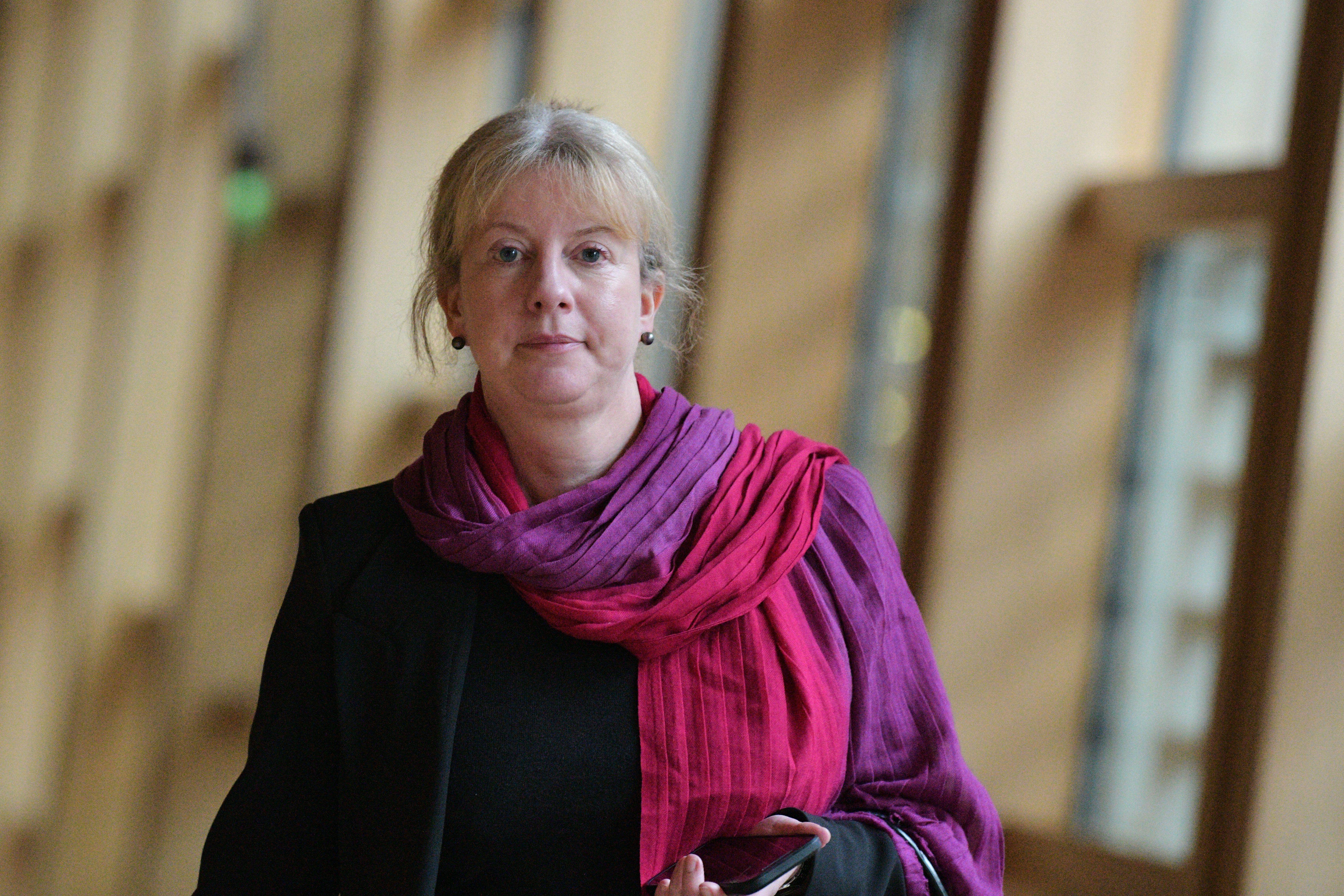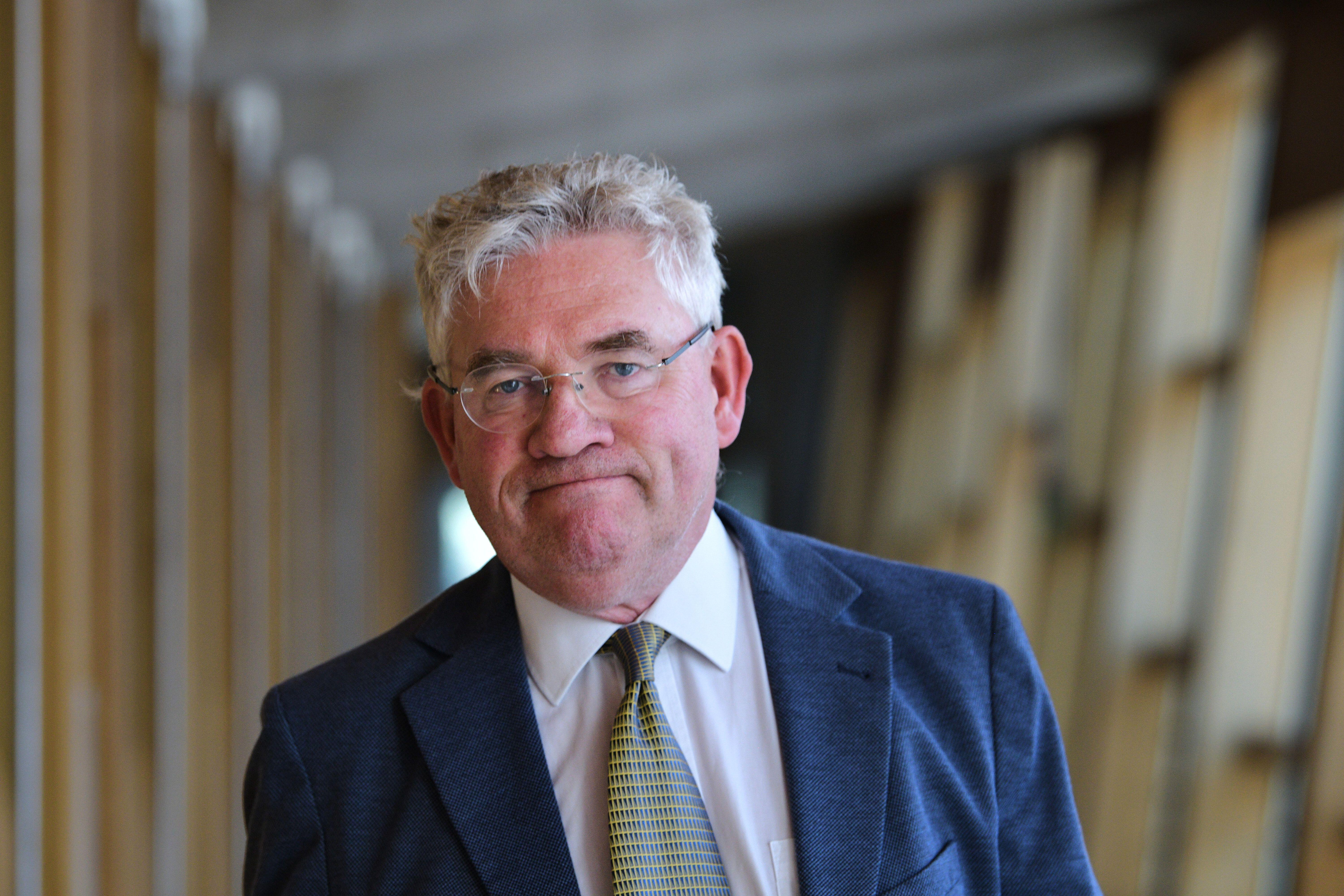Reshaping Scottish public services: What should reform look like?
The message from the Auditor General for Scotland was sharp and stark: “Public services in their current shape are not affordable.”
Ministers, he said, “need to develop a clear road map that lays out how public services will be reformed to make them financially sustainable”.
The Scottish Government has already begun work on public service reform. But Stephen Boyle’s comments came in a report laying bare just how big the challenge is. The SNP-Green administration “responded well to emerging pressures” in 2022-23, Audit Scotland found, but spending will outstrip resources to the tune of £1bn by 2024-25. By 2027, the gap will widen to almost £2bn. Inflation, public sector pay uplifts and an ageing population are all part of the picture, and the most recent Medium-Term Financial Strategy (MTFS), produced by the Scottish Government in May and assessing the outlook for public service until 2028, shows the problem Holyrood leaders must solve is “extremely challenging”.

Shona Robison | Alamy
Deputy First Minister Shona Robison, the woman in charge of our public finances, suggested that was not news to her team. “We recognise that more needs to be done,” she commented. “That’s why we have embarked on an ambitious programme of public service reform as part of our MTFS, which sets out how we will do all we can within our powers to ensure public finances are on a sustainable path.”
How to get onto that path is the question. Audit Scotland says workforce reform is “essential” and changes must be made to both the design and delivery of services. The latter could take the form of job cuts; the former may mean slices taken out of services. And with a report on “potential revenue-raising opportunities from public bodies” expected later in the year, there could be charges ahead for things Scots have become used to accessing free at the point of use. In any year, such options would be uncomfortable, but facing into a general election they pose political as well as practical problems for the parties of government.
“We are always election-facing, but government needs to be honest and grown up,” according to James Mitchell, professor of public policy at the University of Edinburgh. “You can’t always be campaigning; it’s not just about throwing sweeties around.
The trajectory we are on is dangerous
“Audit Scotland has been one of the few organisations that has really, outside government, shown leadership on this. It’s been battering away at public service reform for ages and the message has been ‘we can’t carry on like this’. The trajectory we are on is dangerous, but it’s no great surprise.”
Indeed, Audit Scotland has rung several alarm bells over the direction of travel in successive reports, as has the parliament’s own Finance and Public Administration Committee, which in a paper issued this month said that affordability “does not appear to be a key factor in Scottish Government decision-making”. Worse still, it found that the government’s public service reform programme has “no overall strategic purpose”. That’s against the backdrop of the UK Government’s decision not to “inflation-proof” the capital budget, the committee reported, and a warning by the Scottish Fiscal Commission that this pot – which funds big-ticket items like infrastructure projects, hospitals, and research and development – will be 16 per cent smaller in real terms by 2028-29.
The warnings followed evidence to the committee from economist Professor David Bell, who said there are “too many demands on the public purse at the moment for them all to be simultaneously satisfied” and there is, for ministers, the “danger of entering into commitments that have medium or long-term implications and then feeling that it is not possible to stop them” for fear of a backlash.

Kenneth Gibson MSP | Alamy
While public service reform can include action to “balance the books”, the committee said, it is currently taking the form of “a collection of disparate workstreams and sectoral reforms with no overall strategic purpose and with limited oversight and direction from government”. It suffers from a “lack of clarity” on its “overall purpose, objectives, timetable, upfront costs required and anticipated savings and efficiencies to be delivered,” the cross-party panel found. “Given the financial challenges facing the Scottish Budget,” convener Kenneth Gibson, an SNP MSP, commented, “this represents a missed opportunity to be further along the path to delivering more effective and sustainable public services.”
The Scottish Government said it would consider the findings carefully and respond after Robison sets out that Budget on 19 December. Last week Robison indicated how difficult this year’s statement might be when she told the Scottish Parliament that the delivery of “fair pay deals for our public sector workers” had added an estimated £1.26bn to recurring pay costs in 2023-24, pushing wage bills up by £1.75bn across the public sector – £800m more than was budgeted for. “Exceptionally difficult decisions” have already been made, Robison said, with in-year savings and funding prioritisation of £680m required.
The Audit Scotland report throws up more numbers: a behind-schedule human resources IT scheme sits at more than twice its original £22m budget; compensation payments for wrongful prosecutions over the financial collapse of Rangers FC run have cost the public purse almost £52m.
There is a real opportunity
It is perhaps easier to focus on figures rather than actions. Dr Claire MacRae of the Centre for Public Policy at the University of Glasgow says public service reform presents “an opportunity for real change”. “Out of the negative can come positives,” but only if the reforms “don’t come at the expense of communities,” she says. MacRae adds that rigorous impact assessments must take place before changes are made and that while the Scottish Government has listed its Single Scottish Estate programme as top of its reform agenda, reducing the public sector property footprint by co-locating services or disposing of offices won’t move the needle far. That work is advanced at local government level, she says, where decision-makers have “already tried to rationalise their estates and looked at hot-desking and selling off assets, but I don’t think there’s a lot left there”. “I think that would be a very quick exercise, looking at what’s already hollowed out and what’s left,” she says. “But there is a real opportunity in the innovative approaches around the digitisation of services, for example,” as long as digital exclusion is considered.
Local government employment portal myjobscotland is hailed as an example of successful digitisation and co-production in the public sector. Since its introduction in 2008, annual recruitment costs for councils have fallen from £15m to less than £500,000 in a project involving umbrella body Cosla. It’s now involved in further work to explore how local government can use Community Health Index (CHI) numbers, which identify NHS patients, in its own services to link up data and develop a “digital front door” for shared health and social care records.
Joint working and service sharing was recommended by the much-referenced Christie Commission, published in 2011. In his introduction, Dr Campbell Christie said Scotland’s public services were “facing their most serious challenges since the inception of the welfare state” and demand would “increase dramatically over the medium term, partly because of demographic changes but also because of our failure up to now to tackle the causes of disadvantage and vulnerability, with the result that huge sums have to be expended dealing with their consequences”. That was 12 years ago, but it could have been written today. “This rising demand for public services will take place in an environment of constrained public spending,” Christie warned. “In the absence of a willingness to raise new revenue through taxation, public services will have to ‘achieve more with less’.”
Mitchell, who served on the commission, is frustrated that “lessons have been learned” from the post-Christie examples of the creation of single police and fire services, “but we’re not taking it further”. The First Minister’s announcement that he will freeze council tax in this fiscal climate is another frustration, as details of how that will be delivered are awaited. “It is the most insane thing; you can’t claim to be progressive and freeze council tax,” Mitchell says, arguing for a “complete review of all public spending”.
More and more resource has been put into the NHS in recent years, leading to concern in local government in particular that its potential to deliver preventative health and social care services is being eroded. “If we were to put money into local government and take it from health the NHS will scream ‘we need the money’, and they do need the money,” Mitchell says. “Either the cake has to be sliced in a way that hurts someone else or it has to grow.”
Will that ‘slicing’ process mean cutting jobs or slashing services? “We have created all these expectations, we have now got to go on a journey to change that,” according to Mitchell. “But it can be done and has been done. Raising the state pension age was done by a process of education, softening people. It took courage. I see none of that in Scotland.
Councils are further down the path than most other parts of the public sector
“It’s very, very difficult to take things away, especially if the people who are going to lose out are very well organised, very vocal and most likely to turn out to vote,” he concedes. “You have to say, ‘actually who is benefitting from all this?’ Are we really able to help the least well-off? Do our universal services need to be universal?”
Councillor Steven Heddle, vice-president of Cosla, says his organisation has been doing hard thinking on these issues for some time. “Scottish local government is committed to a person-centred approach to public sector reform, as clearly set out in the Verity House Agreement,” the independent councillor says. “Having had to deliver efficiencies for more than a decade in response to real-terms cuts to core funding, increasing policy direction from Scottish Government and limits on local government’s ability to raise revenue through freezes on council tax and more, councils are further down the path than most other parts of the public sector on the reform journey.”
He adds that “local government has huge potential to be right at the heart of wider public service reform, to achieve further innovation and to maximise the positive impact of public spending”, but says this means having “fair and sustainable funding and greater empowerment” to work with communities and address local priorities and needs.
MacRae agrees that greater empowerment is necessary to deliver successful public sector reform, and wants that to extend right down to grassroots level through meaningful participatory budgeting and an end to decisions made in silos. “It’s still very much top-level down,” she says. “What we really need is to get communities and individuals around the table and make them part of decision making. There has been a bit of reluctance to do that.”
Holyrood Newsletters
Holyrood provides comprehensive coverage of Scottish politics, offering award-winning reporting and analysis: Subscribe